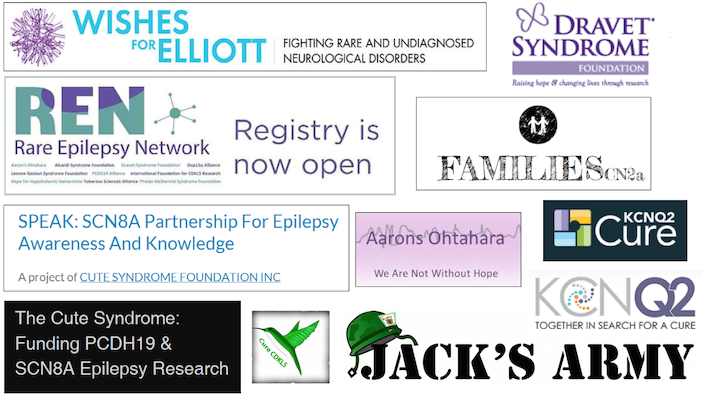Please check out our feature in Emory Medicine magazine about two sisters with NGLY1 deficiency. This rare genetic disorder was identified only a few years ago, and now a surge of research is directed toward uncovering its mysteries.
- The Stinchcombs are amazing. Seth Mnookin’s July 2014 piece in the New Yorker, and especially, his comments at the end of an interview with The Open Notebook drove me to contact them. “The father cares for the two girls with this disease full time. The mother is working insane hours. And while all this is going on, they’re the most good-natured … I don’t know, they just seem like they’re happy.”
- Several research teams around the world are investigating NGLY1 deficiency and potential remedies. For the magazine article, I talked with Emory geneticist Michael Gambello, Hudson Freeze at Sanford Burnham and Lynne Wolfe at the NIH Undiagnosed Diseases Program. Even more: the Grace Science Foundation, established by the Wilsey family, is supporting research at Retrophin/Notre Dame and Gladstone/UCSF. The independent Perlstein lab is investigating NGLY1 deficiency in fruit flies (reminiscent of Emory research from a decade ago on Fragile X syndrome).
- There’s a long road ahead for rare genetic disorders such as NGLY1 deficiency. That’s why the title that EM editor Mary Loftus came up with, “In time to help Jessie,” is so poignant. When I read Abby Goodnough’s New York Times piece on RCDP, which is a rare inherited bone disease that also involves seizures, I thought: “That could be NGLY1 in ten years.” Still, progress is possible, as demonstrated by this recent NEJM report on exome sequencing and neurometabolic disorders from British Columbia.
- What the Stinchcombs could benefit from is some information about which anti-seizure medications would work best. In Dravet syndrome, a severe inherited form of epilepsy, doctors know something about which medications tend to be helpful. However, in NGLY1 deficiency, overt seizures do not seem to appear in infancy (and the molecular changes in neurons are different, too). Emory geneticist Andrew Escayg, an expert on inherited forms of epilepsy, gave a talk last year and one of his slides brought home to me how many families are dealing with these challenges.

About the author
Quinn Eastman
Science Writer, Research Communications qeastma@emory.edu 404-727-7829 Office

